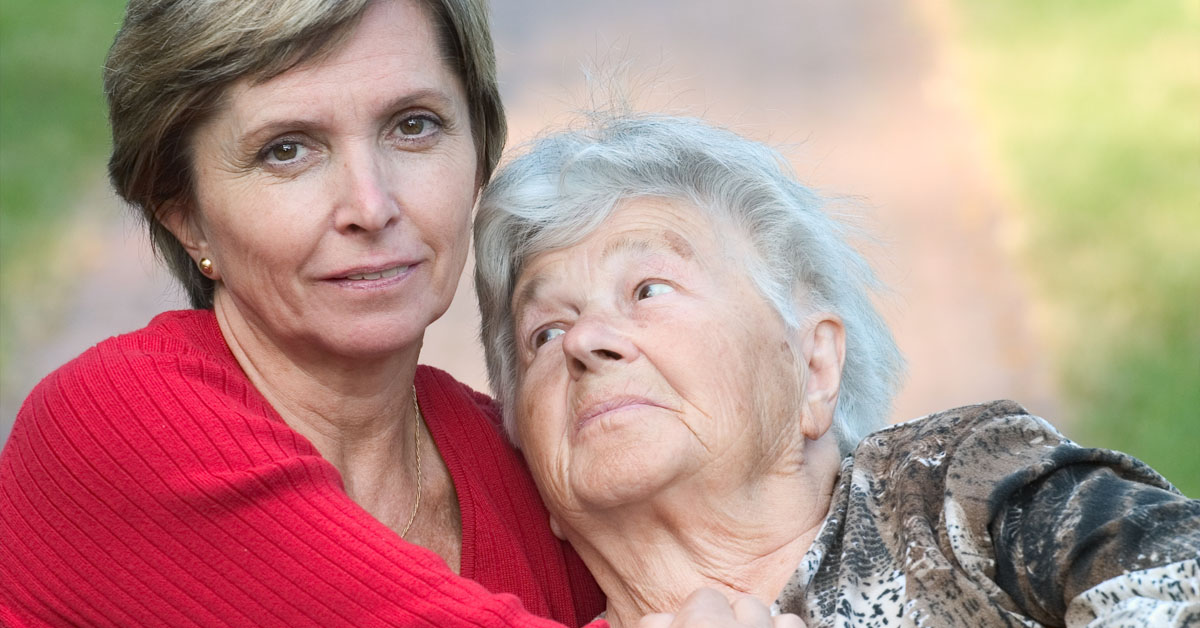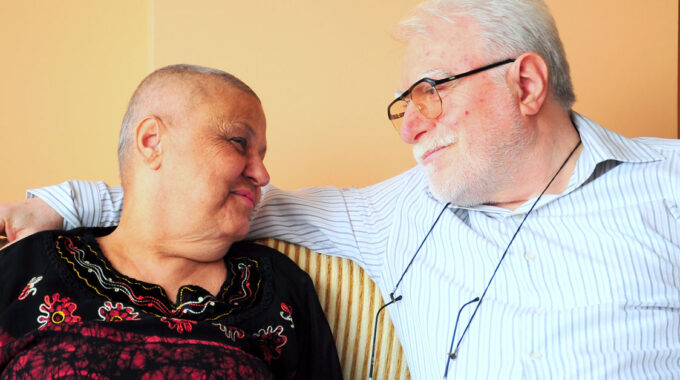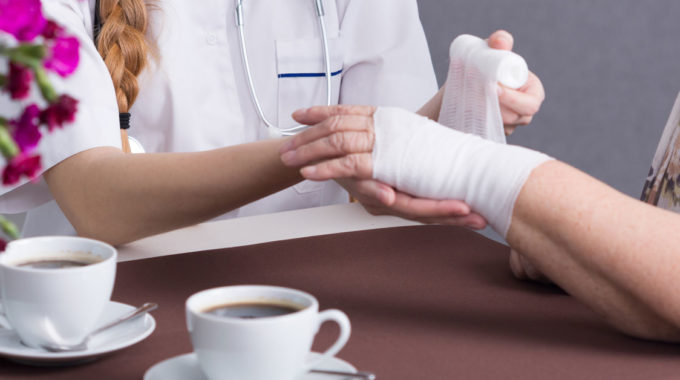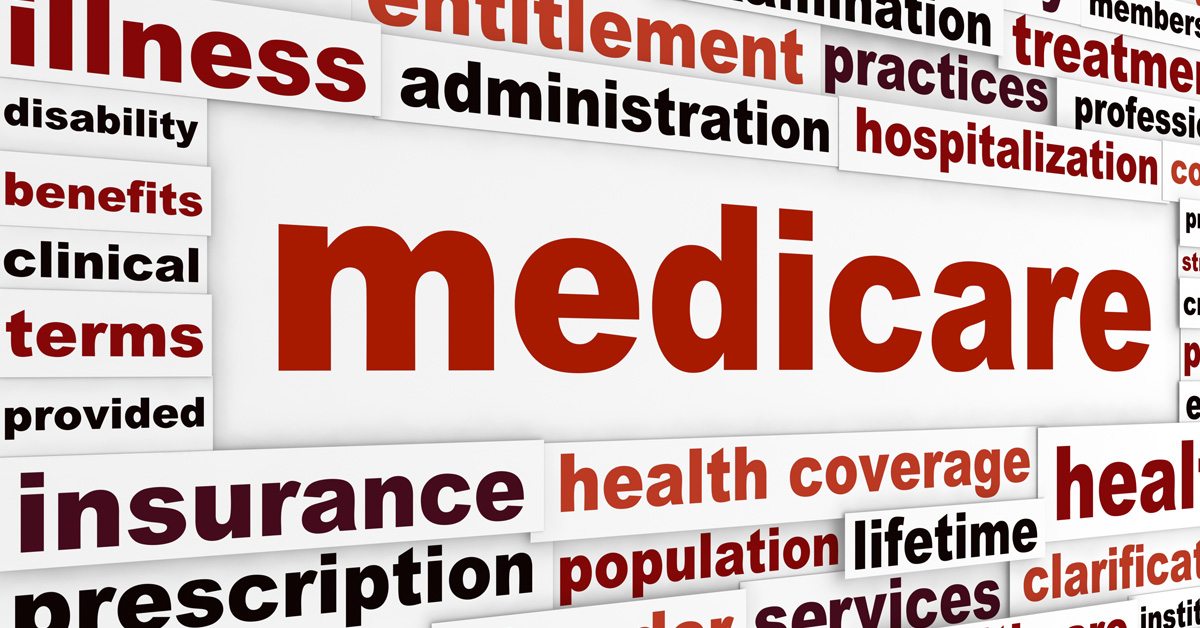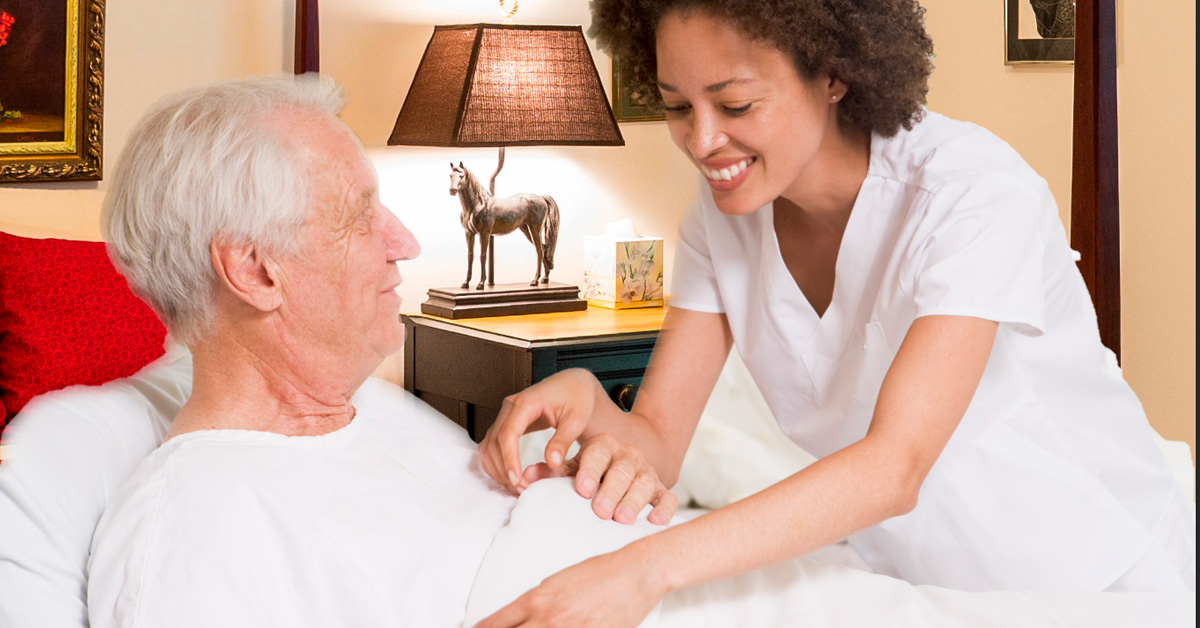
Home Care to Overcome Pressure Ulcers
Pressure ulcers are injuries to skin and underlying tissue due to pressure on the skin for too long. They are also called pressure sores, bed sores, and decubitus ulcers. At first, families may perceive pressure ulcers as insignificant skin alterations. However, these skin alterations can lead to non-healing wounds, hospitalization, and infection. At hospitals, treating them costs an estimated $10,708 each, on average.1 They are even associated with increased mortality.2 Pressure ulcers need to be taken seriously for what they are and for the underlying health situations they suggest. Fortunately, through home health, a great deal of help is available, much of which is covered by Medicare.
How Common Are Pressure Ulcers?
The Agency for Healthcare Research and Quality (AHRQ) reports more than half a million hospital admissions with pressure ulcers yearly.3 Some reports show that close to one quarter of nursing home patients acquire pressure ulcers.4 Moreover, the AHRQ estimates that 1 in 5 pressure ulcers occurs among people living in their own homes.
How to Recognize a Pressure Ulcer
Stage 1: The area looks red and feels warm to the touch. Among dark-skinned elderly, the area may have a blue or purple tint. But, for light-skinned people, purple or maroon discoloration suggests a problem other than a pressure ulcer. The person may feel burning, pain, or an itch. When you apply pressure with your finger, the area does not turn white.
Stage 2-4: Pressure ulcers in stages 2 through 4 have skin loss or tissue loss. They are more obvious.
Who Is at Risk for Pressure Ulcers?
People with the following situations have an increased risk for pressure ulcers, especially the elderly.
- Bed-bound, chair-bound, or difficulty with repositioning
- Incontinence
- Poor skin condition
- Malnutrition
- Cognitive impairment
- Previous pressure ulcer
- Previous diabetic foot ulcer
Where on the Body Do Pressure Ulcers Occur?
Pressure ulcers occur anywhere a person may have continuous rubbing or pressure. They usually occur over prominent, bony areas, but not always.5
- Tailbone
- Heels
- Ears
- Ankles
- Hips
- Shoulder blades
- Spine
How to Manage a Pressure Ulcer at Home
Guidelines created by the American Medical Directors Association call for a long and comprehensive educational program for patients and families. See below for an overview list. This list is not intended to be a self-help guide. It serves more to show that families will need professional guidance.
Patient/Family Pressure Ulcer Education Topics
- Skin assessment
- Transfer techniques (safe ways to help a person move into and out of furniture)
- Repositioning techniques (for instance, safe ways to turn a person in bed)
- Skin care
- Understanding danger areas
- Proper positioning (sitting, lying, reclining)
- Nutrition & hydration
- Scheduling repositions
- Personal hygiene
- Evaluation and management of incontinence
- Use of pressure-relieving devices
- Management of comorbidities such as diabetes
Clearly, this should involve multiple training sessions, spread over time, preferably at home. Fortunately, when patients meet Medicare’s definition of homebound, even patients with a stage 1 pressure sore should qualify for home health. Medicare will pay 100% for home visits from nurses and therapists.
Mobility Improvement
Whenever a pressure sore develops, families and their healthcare providers should consider mobility improvement. Where rehab potential exists, Medicare-certified home health can send physical therapists to the home. With multiple training sessions spread over weeks or months, in-home rehab may be able to restore enough mobility for patients to reposition themselves and prevent future pressure ulcers.
Personal Care and Aide Services
In addition to training and rehab, many elderly living at home will have an ongoing need for personal care from an aide. This type of care is commonly referred to as home care or non-medical home care. Personal care aides from home care agencies can provide helper services a few hours per week up to 24 hours per day, long-term. Home care aide services that can prevent future pressure ulcers include:
- Assistance with scheduled repositioning
- Meal preparation and nutrition assistance: One sign that an older adult needs home care is over-reliance on convenience foods. Compromised nutrition serves as the single strongest predictor of pressure ulcer development and severity.6
- Skin care: especially assistance with moisturizing
- Bathing
- Routine observation of skin condition: home health aides are trained to recognize stage 1 pressure ulcers. When ulcers form, they can notify supervisors in a timely fashion and trigger a response to prevent ulcer progression.
- Ambulation and transfer assistance to keep patients active and reduce pressure on problem areas
- Incontinence management
- Assistance with implementation of pressure-reducing devices
Unlike Medicare-certified home health, non-medical home care is largely private pay or funded by long-term health insurance. However, Medicaid, veterans’ benefits, and other payor sources may be able to help.
Conclusion
Pressure ulcers are common but serious. Elderly people at home should marshal as much help as needed. For family and patient training and for in-home rehab, look to Medicare-certified home health that is funded 100% by Medicare. But do not neglect the need for long-term care. Consider whether a personal care aide is needed.
References
- Padula WV, Delarmente BA. The national cost of hospital‐acquired pressure injuries in the United States. International Wound Journal. 2019 Jun;16(3):634-40.
- Lyder, Courtney H., and Elizabeth A. Ayello. “Pressure ulcers: a patient safety issue.” Patient safety and quality: An Evidence-based Handbook for Nurses (2008).
- Russo C, Steiner C, Spector W. Hospitalizations related to pressure ulcers among adults 18 years and older. December 2008. HCUP Statistical Brief #64. Agency for Healthcare Research and Quality, Rockville, MD.
- Cuddigan J, Berlowitz DR, Ayello EA. Pressure ulcers in America: prevalence, incidence, and implications for the future. Reston VA: National Pressure Ulcer Advisory Panel; 2001.
- Premkumar S, Girithar TA, Kumar PN, Saimothish R, Malani VA, Jacob R. 5-Position 4-Actuator Automated Bed To Prevent Bed Sores. In Journal of Physics: Conference Series 2021 Mar 1 (Vol. 1831, No. 1, p. 012024). IOP Publishing.
- Iizaka S, Okuwa M, Sugama J, Sanada H. The impact of malnutrition and nutrition-related factors on the development and severity of pressure ulcers in older patients receiving home care. Clinical Nutrition. 2010; 29 (1): 47-53.

